DIGITAL DESIGN | POSTED ON 23.06.2016
The Anticipation of Anticipatory Design – Liquid Creativity
Digital design is constantly evolving, particularly as consumers all begin to interact with more and more technologies on a diverse range of platforms. Regardless of the technology, or the device, the thing that remains a consistent trend is the move to simplicity.
Predicting actions
Users crave familiarity and enjoy interacting and browsing with as little interruption as possible but having an easy-to-use, straightforward website might not be enough. Demand is high for a greater interaction experience. In fact, the way that digital design is moving, it’s not unreasonable for users to expect the interface to understand and correctly predict their desired actions. This is what we call anticipatory design. Sound outlandish? Perhaps, but it has solid roots in some recent, significant digital developments.
Firstly, it was responsive web design, where websites responded to the user’s platform by adjusting its presentation to best fit the screen on which it was being viewed.
Then we saw material design, Google’s visual language designed to take advantage of the changes to the way users physically interacted with platforms and devices. We don’t ‘click’ as much as we used to; we tap. This concept always ‘showed’ users how the website was reacting to them.
Both of these developments pointed to the big trend in digital design; making the content appear as if it was literally interacting with and responding to the user’s actions. So now it seems more logical that the next step would be to ensure that design will appear as if it can anticipate where the user wants to move to next.
Less options, fewer decisions
And the key to anticipatory design is to provide less options. When fewer decisions need to be made the user is less overwhelmed, less exhausted and feels as if they have had a meaningful experience.
While some critics argue that anticipatory design will assume too much and will only be able to work in broad strokes, others point to the large amount of data we already have available on user behaviour. These insights may already provide enough information so that experienced UX (user-experience) designers can use existing data to design algorithms that identify the most common pathways and ultimately make users’ decisions for them.
Using design to make quicker decisions
Users are already impatient when it comes to browsing. Anticipatory design eliminates all the redundant choices users have to make and moves them quickly and easily through their desired pathways and bringing them to their destination. Website users are expecting more out of their browsing experience and anticipatory design is the logical next step in digital design.
To learn more contact the branding agency Liquid Creativity team.
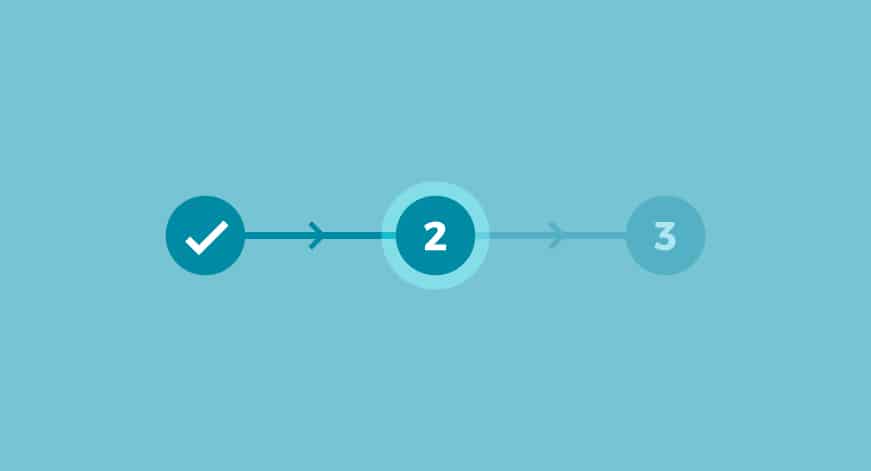
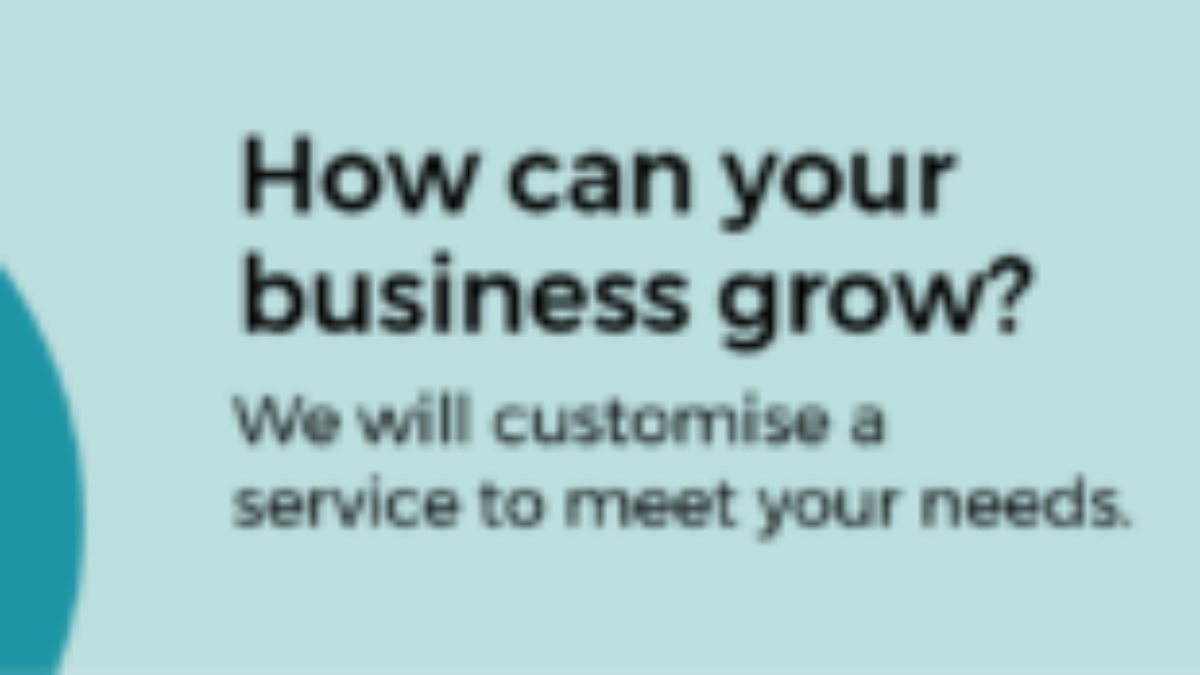



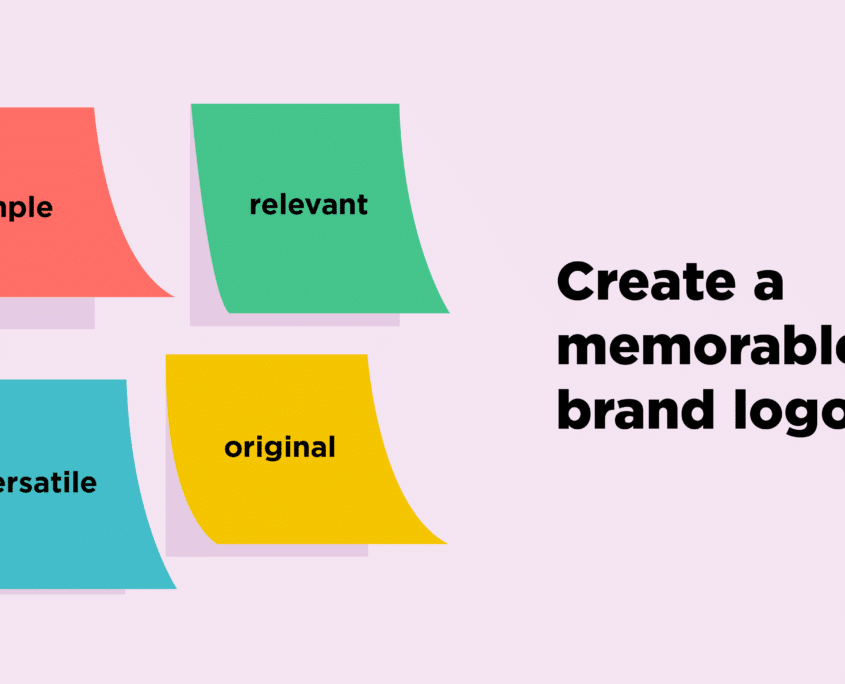
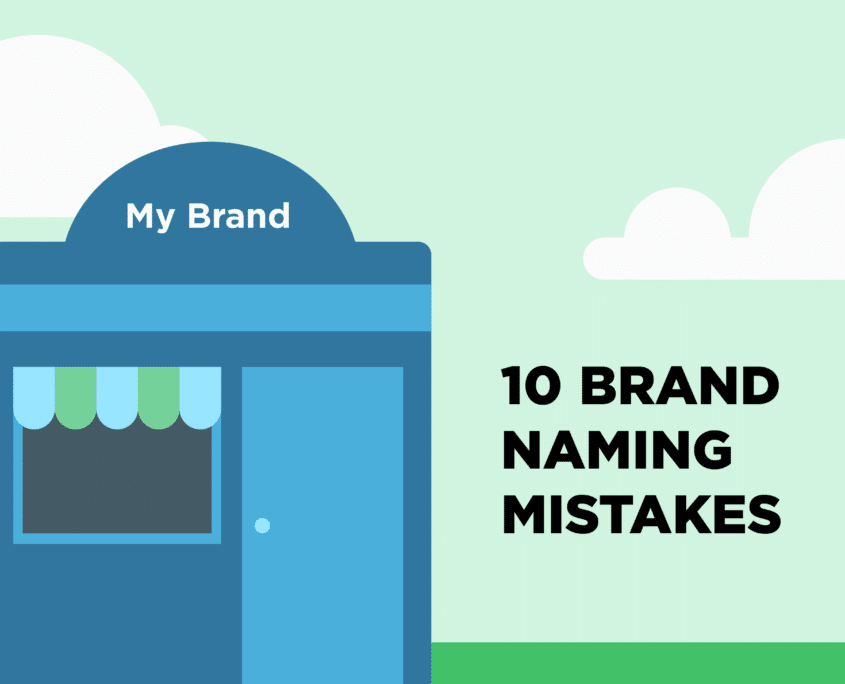
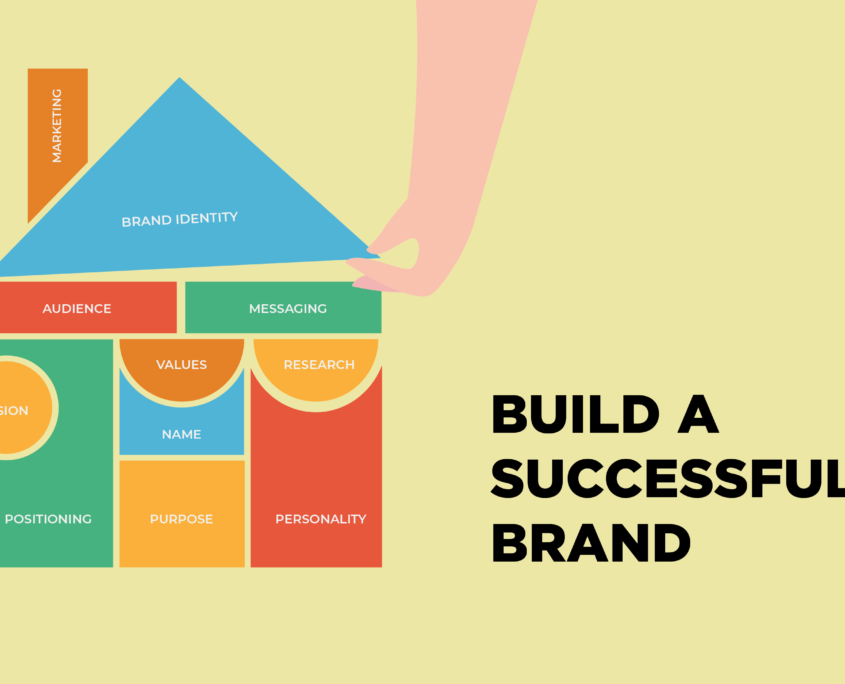


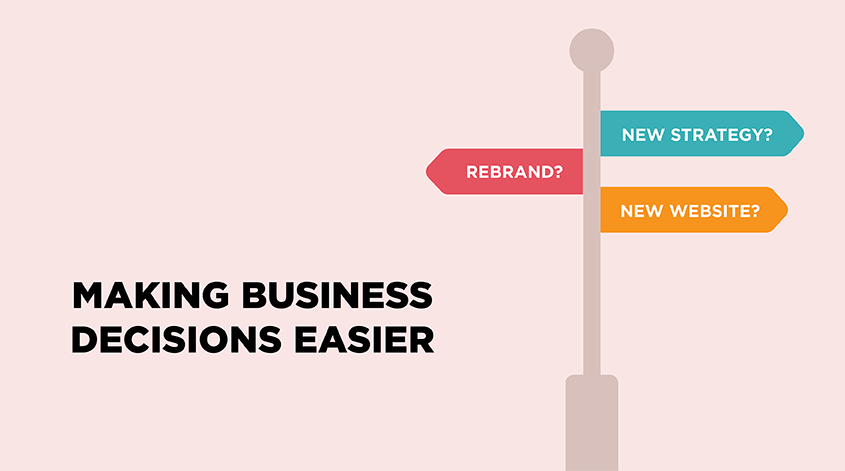


Leave a Reply
Your email address will not be published